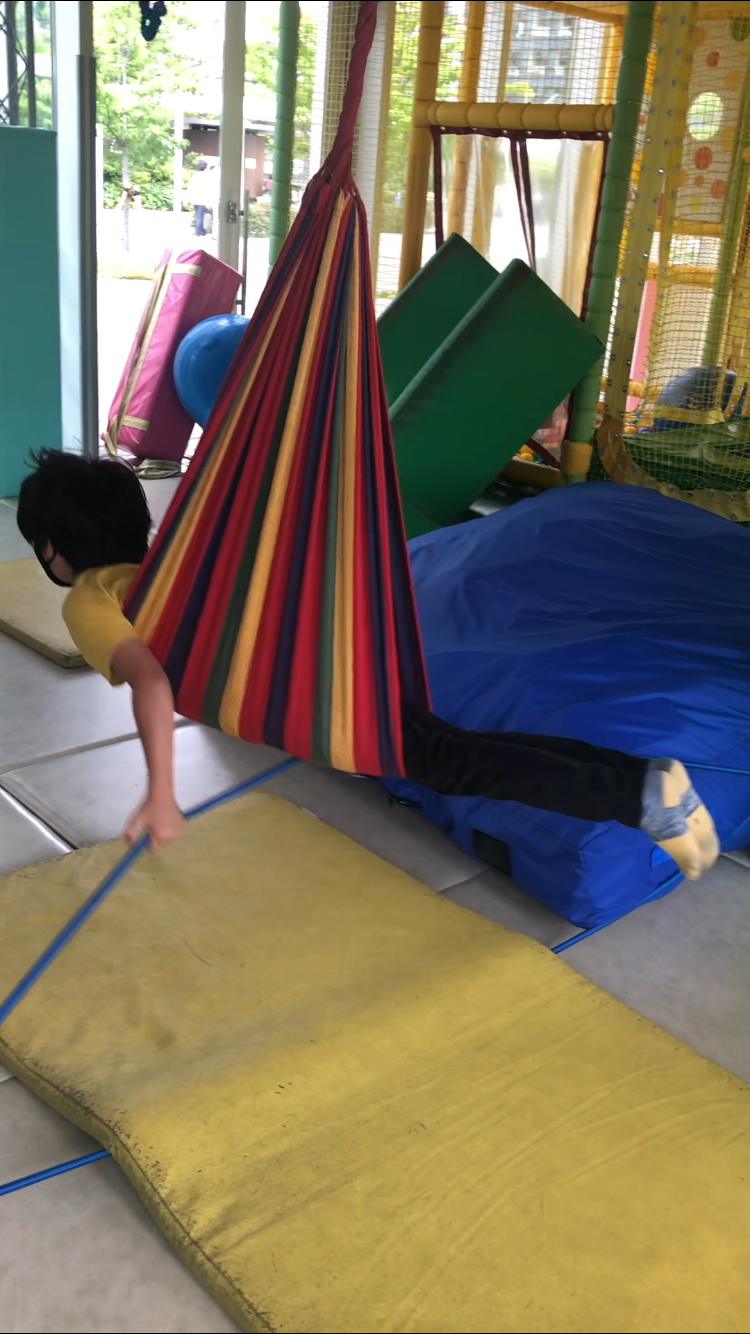About
Sensory Processing/Integration
"Sensory integration is the ability to organize sensory information for use... that enables man to interact effectively with the environment" (Ayers)
We constantly receive sensory information (vision, auditory, tactile etc.), and then the brain interprets it and turns it into appropriate motor and behavioral responses. When the information is not appropriately perceived or organized, it causes us movement, behavioral and functional difficulties. Please refer to Sings of SPD.


About Sensory Processing/Integration
Sensory integration is defined as 'the ability to organize sensory information for use... that enables individuals to interact effectively with their environment' (Ayers). We constantly receive sensory information, such as visual, auditory, and tactile inputs, which the brain interprets to produce appropriate motor and behavioral responses.
When this information is not accurately perceived or organized, it can result in difficulties with movement, behavior, and functioning.
Please refer to Sings of SPD for more information.
Sensory Integration/Processing Therapy
Sensory Integration/Processing Therapy helps children effectively process sensory information. This therapy is provided by a qualified therapist who has completed certified courses and training. Sessions occur in a fun and safe sensory gym equipped with swings, a trampoline, monkey bars, a climbing wall, slides, a ball pit, a zip line, and large soft blocks. In this sensory-rich environment, children actively move and explore to experience the 'just right' amount of sensation they need.












Signs of Sensory Processing Difficulties (SPD)
-
Difficulty sitting still or maintaining an upright posture
-
Constantly moving, running, or spinning
-
Lack of understanding of personal space
-
Frequently bumps into objects
-
Difficulty gauging personal strength
-
Over-sensitive to touch, noises, smells, and other people
-
Frequent or prolonged temper tantrums
-
Easily distracted by sounds and visual stimuli
-
Quick to feel overwhelmed
-
Unaware of pain or touch
-
Difficulty navigating the environment
-
Overly fearful of swings, heights, or unstable surfaces
-
Problems with eating or sleeping
-
Difficulty dressing
-
Clumsiness
-
Floppy body
